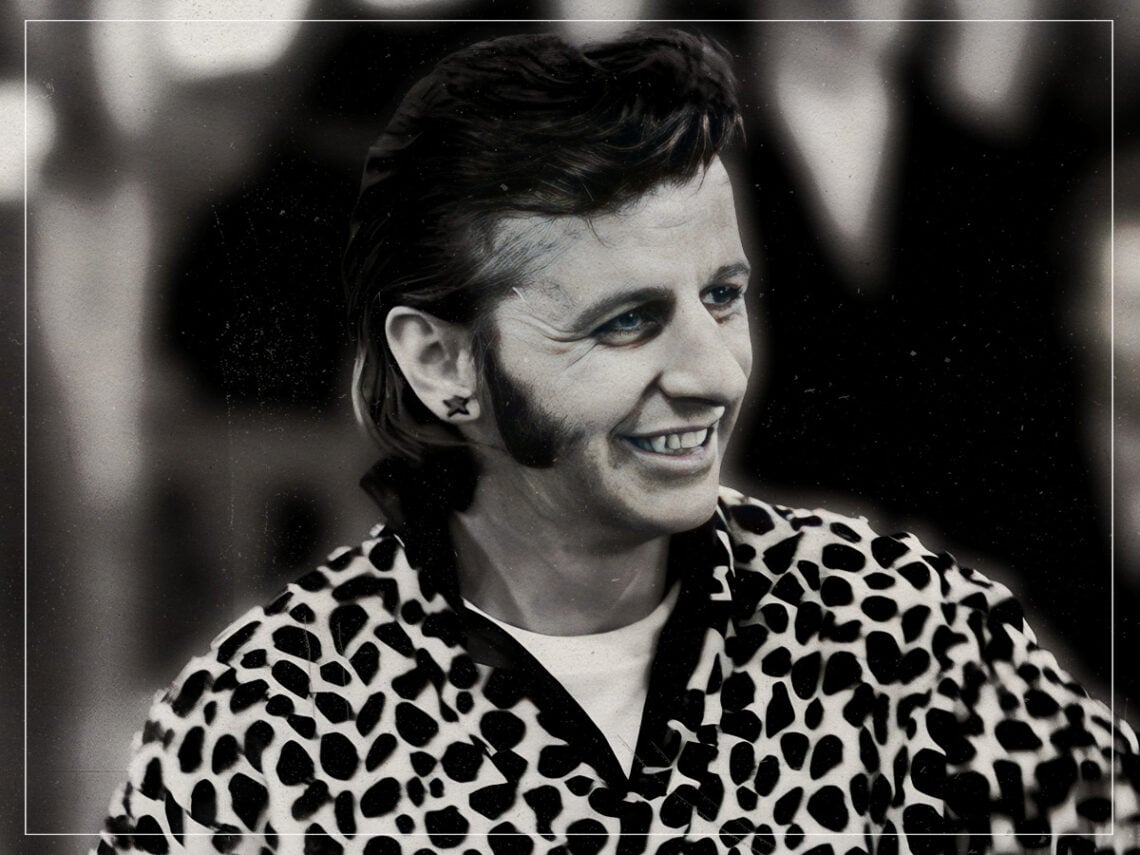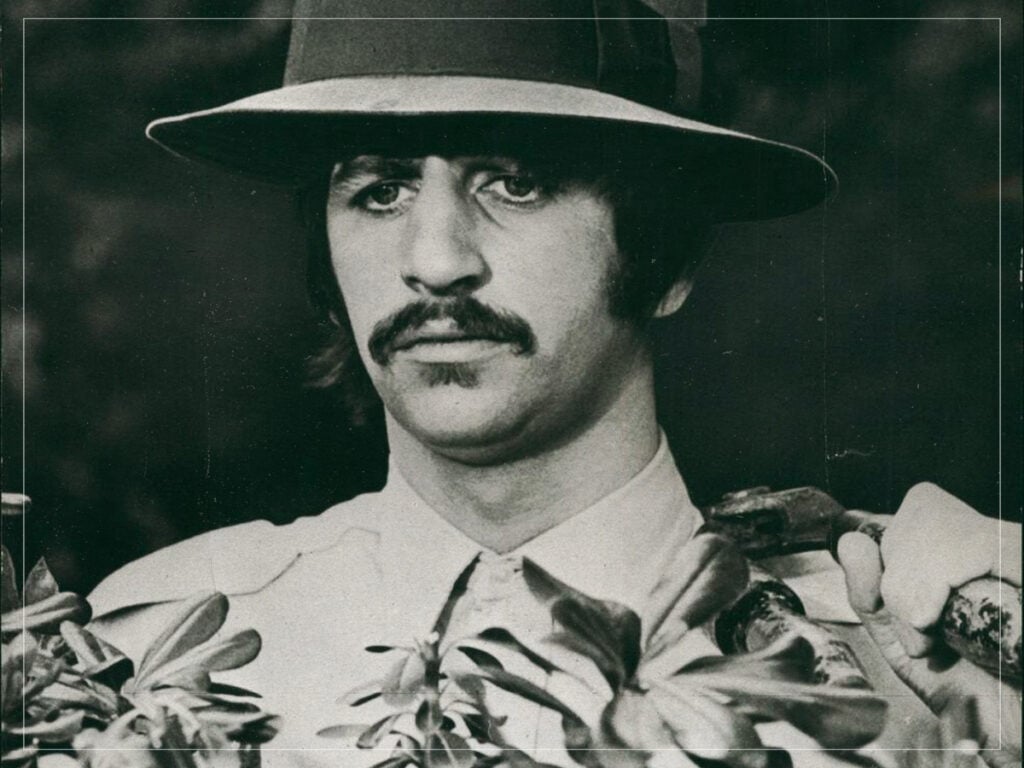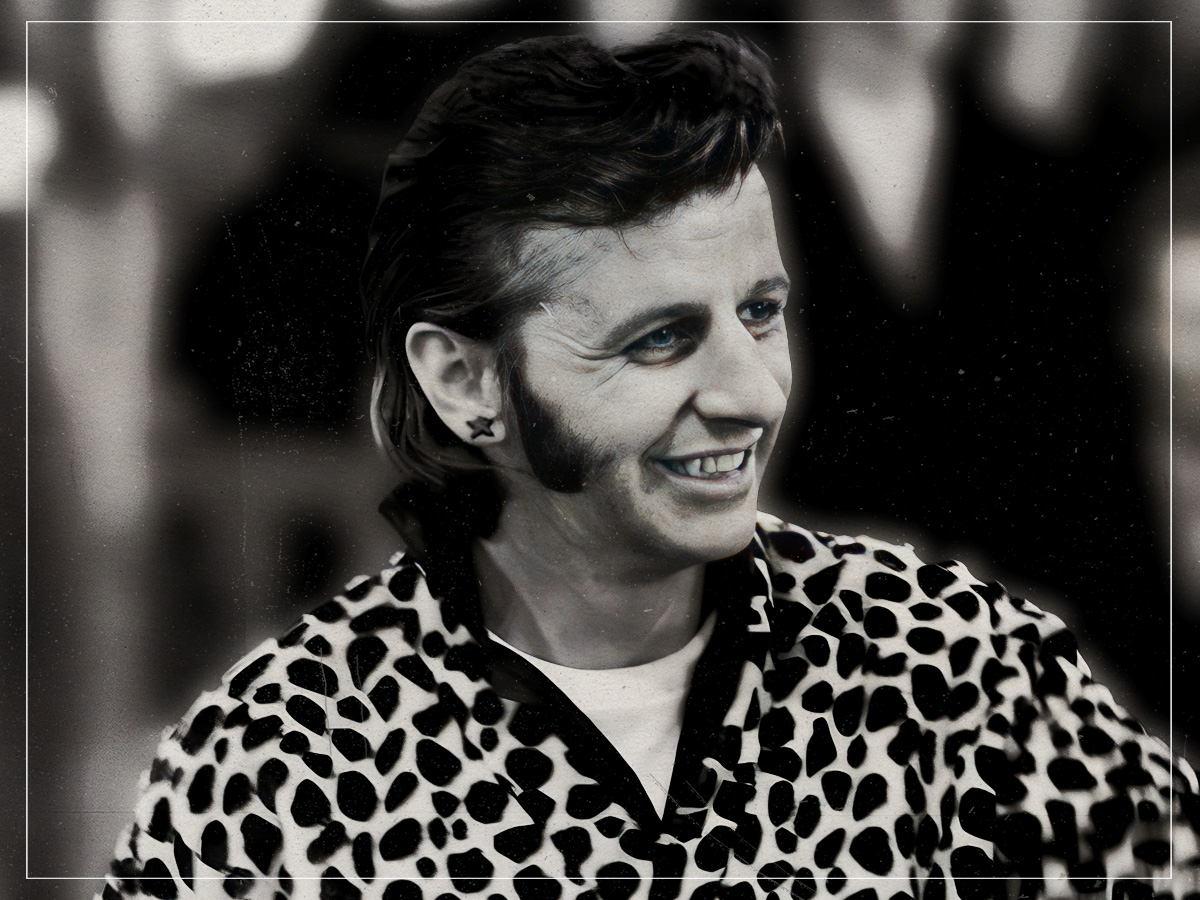
(Credits: Far Out / Alamy)
Sun 2 November 2025 12:36, UK
They might have exuded a sense of reckless abandon as they propelled themselves into the collective consciousness of the world in the early 1960s, with a mixture of dry wit and affable tomfoolery, but things would soon change. Towards the end of The Beatles’ career, it didn’t look like most people were having any fun.
After trying to get back to their roots on albums like Let It Be, the constant business meetings amongst the bigwigs at their record company left them either uninspired, uninterested, or working on their solo material instead. As the band returned to Abbey Road Studios for one last time, all of the bad blood began fading away when they started working on the music.
Crafted as a true labour of love, Abbey Road became The Beatles’ final artistic statement, showing each songwriter operating at the peak of their powers. Although John Lennon and Paul McCartney may have offered up some of their best material, George Harrison also came into his own as a songwriter, penning two iconic tracks in ‘Something’ and ‘Here Comes the Sun’, which both Lennon and McCartney considered a favourite.
The best moments in The Beatles were about each member working as a tight group, though, and Ringo Starr considers their greatest achievement to be the entire second side of the record, a collection that has been affectionately dubbed ‘The Long One’. Bringing together some odds and ends from their recording sessions, there isn’t a minute of letup for the back half, bringing together different pieces of songs into one grand medley.
Although there is no linear storyline connecting all of these songs together, Starr always considered them to be the highlight of his recording career, once telling Rolling Stone: “Out of the ashes of all that madness, that last section for me is one of the finest pieces we put together”. It’s not the only track Ringo has picked out during his time after The Beatles. He also famously praised their first single for being his crowning achievement, having to hold the black plastic in his hand and knowing they had actually achieved something.
 Ringo Starr in 1967. (Credits: Far Out / Alamy)
Ringo Starr in 1967. (Credits: Far Out / Alamy)
But it is easy to see why Starr would be so besotted with the medley at the back end of Abbey Road it is purposeful yet open to interpretation, something that seems to align with the band. Despite Starr’s praise, John Lennon was less enthused about the final half, explaining: “None of the songs had anything to do with each other, no thread at all, only the fact that we stuck them together”.
Even if the band assembled the sequence purely by chance, the result boasted some of their greatest musicianship, including going through multiple key changes within a matter of seconds on ‘You Never Give Me Your Money’ and delicately balancing the tone of every song, from the serene atmosphere of ‘Sun King’ to the raucous energy of ‘Polythene Pam’.
Towards the end of the medley, Starr also lays down his only drum solo to make it onto a Beatles record, leading the rest of the band into the song ‘The End’, which also features McCartney, Harrison and Lennon respectfully trading guitar licks between each other before leaving McCartney to deliver the final line of their career: “And in the end, the love you take is equal to the love you make”.
Although the songs may have had little to do with each other, each Beatle knew the significance of what they were putting together, with George Martin recalling the band playing through the entire medley for the hell of it in between proper takes of the song. While The Beatles may have been at each other’s throats only a few months before working on the album, Martin identified the joyful atmosphere coming from the sessions, saying, “It was a very happy record. I guess it was happy because everybody thought it was going to be the last”.
That notion, of understanding that it would be the final time they could release their work together, when the four boys who had become men in front of the world could once again hold hands and release a new creation, is undoubtedly present in every part of the record.
Related Topics
The Far Out Beatles Newsletter
All the latest stories about The Beatles from the independent voice of culture.
Straight to your inbox.

